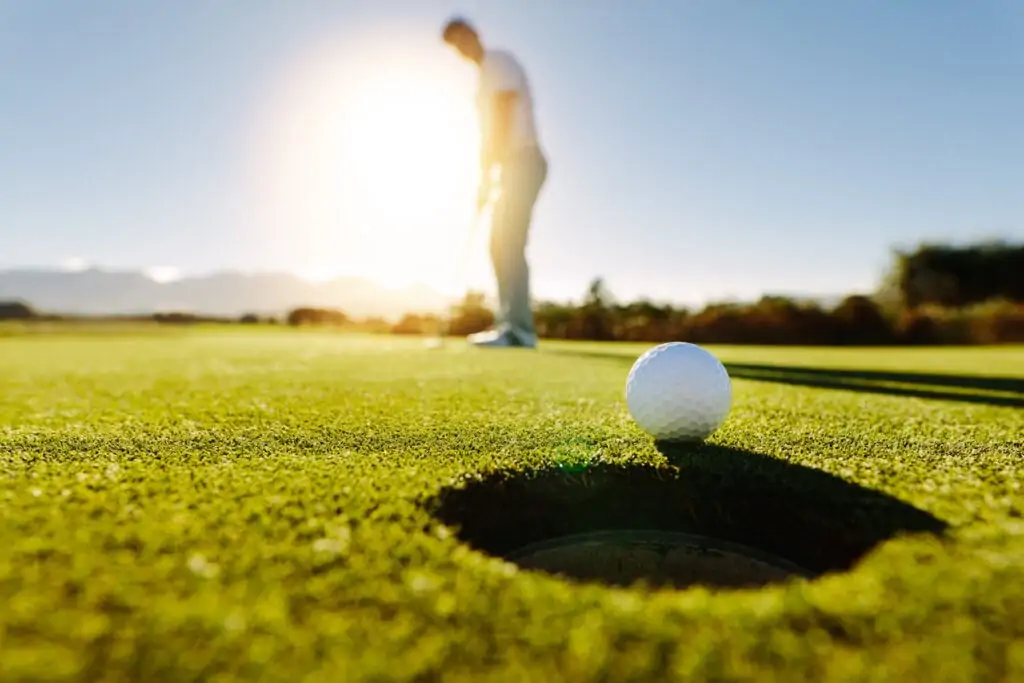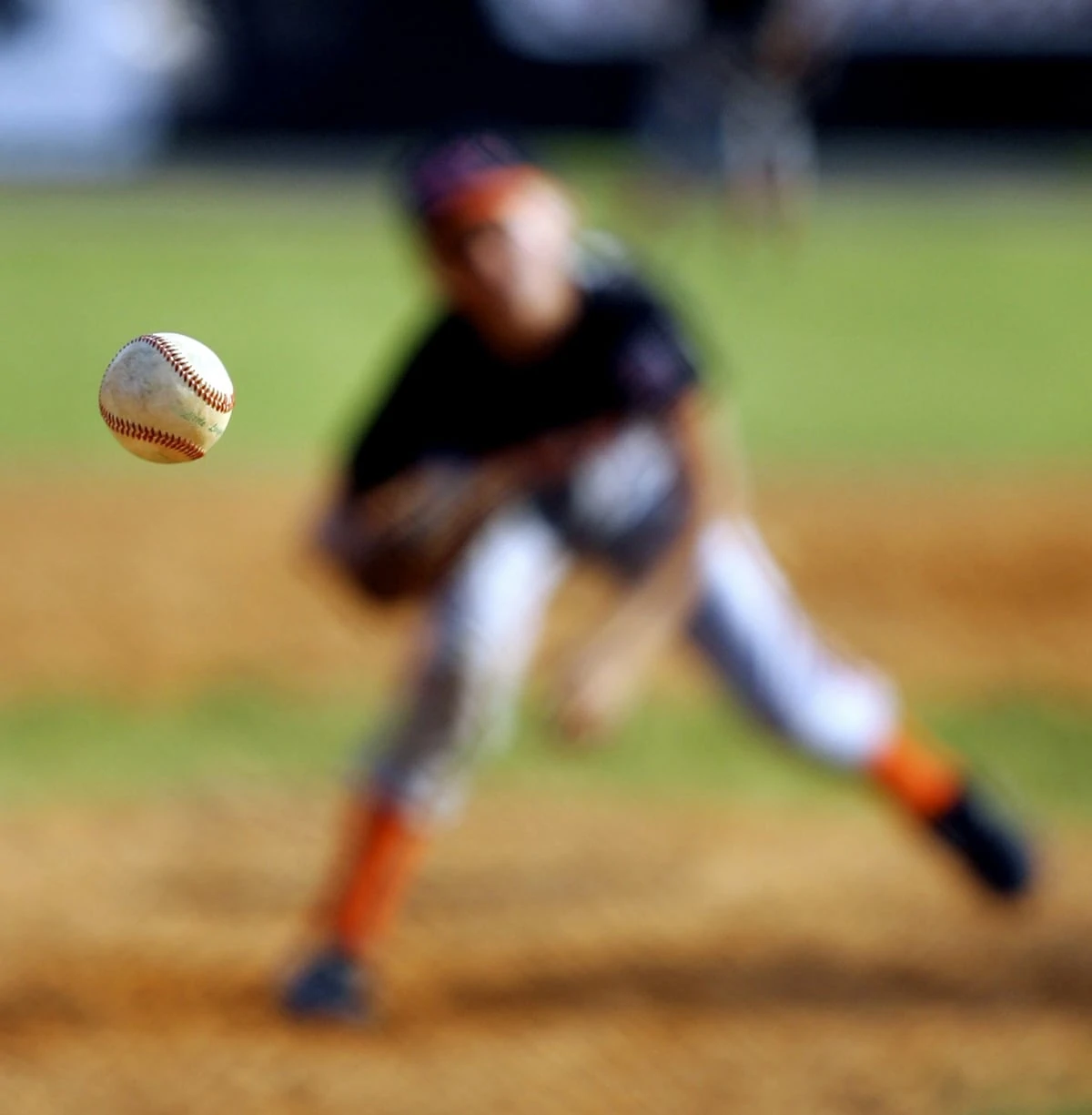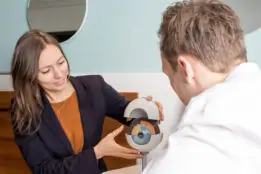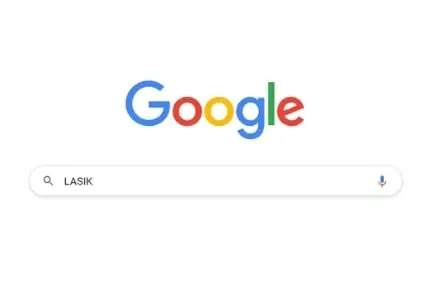Clearly See the Golf Ball from Tee to Green

From the tee to the fairway, to the green, the ability to see the golf ball clearly, both near and far, is essential for golfers (pro and amateurs) to succeed in the sport. Laser vision correction has recently become an additional tool in the pro club bag to help them “go low” and win tournaments. Top golfers like Justin Thomas and Rory Mcllroy, have undergone LASIK eye surgery to improve their shot-making ability, see the golf ball, read the greens and make the puts that keep them on the leaderboard.
In late November 2021, 14-time Tour winner, Justin Thomas, chose LASIK eye surgery to correct his vision. His first tournament, the Hero World Challenge in the Bahamas, was just a week out from his recovery period in early December. He had an impressive outing his first day, signing his card for a 5-under 67, one shot off a three-way tie lead. “I’ve been wanting to do [LASIK] for a while and it finally just worked out with the schedule to get it done,” In an interview after his first round, Thomas said: “Yeah, it was nice to get that done a week and a half ago and try to put it to the test here this week.”
In 2015, then 26-year-old Rory McIlroy underwent LASIK eye surgery right before the Abu Dhabi HSBC Championship. His decision on the procedure came after more than 10 years of wearing contacts and scoring a -0.070 in the strokes gained category during the previous PGA Tour. Since his procedure, he has improved his putting and his ability to read the green better.
Tiger Woods, one of golf’s most legendary players, famously chose laser vision correction to improve his vision and performance. For years he dealt with the hassle of glasses and contacts to correct his nearsightedness. Then in 1999, after his PGA Championship victory, Woods got LASIK. He went on to win 13 major championships.
Golfers rely on excellent vision to support many aspects of their game. Glasses can get in the way of using a rangefinder and can get uncomfortable under hats and visors. Not to mention if it rains, you have to deal with spots and fogging of the lenses, making it tough to see the golf ball. And sunny days require expensive prescription sunglasses. Contacts can be a problem, particularly when hitting out of a sand trap or bunker. Getting sand or dirt under a lens risks a real injury to the eye.
What It Takes to See the Golf Ball Clearly
High visual acuity is necessary to target the landing on the fairway, line up the shot, and hit the ball. Here are a few of the ways eyes and vision work to support a great golf game:
Eye-hand coordination: The ability to absorb the relevant visual information (distance, direction, elevation, conditions, topography, etc.) and use that information to control the amount and timing of body movement. The golf swing – teeing off, hitting a fairway wood, pitching, or putting – incorporates a lot of visual information to guide what the body is supposed to do: aiming, initiating the downswing, connecting the club head with the ball (ideally with the face square and hitting the sweet spot), following through on the swing and sending the ball accurately to the target.
Visual fixation: Literally keeping your eye on the golf ball. It allows you to focus your eyes onto a still or moving target – like a small white ball at any given distance. Visual fixation helps to see the golf ball (or find it in the rough).
Tracking: This is a bit different than fixation. Once the ball has been hit, eye tracking allows you to maintain focus on the ball in motion, while it flies through the air to the target.
Eye Dominance: Golfers understand which eye they rely on more for aiming – a.k.a. the dominant eye. Whether it is positioning yourself over the ball to line up a put or aligning an iron clubface to send the ball to the landing target.
Depth perception: Your eyes quickly and accurately judge the distance and speed of objects – important for club selection and figuring out if it is worth it to walk up to the green or grab a ride on the cart.
All of these skills rely on one factor: clear vision. Without clear vision, the information coming into the brain is…well…fuzzy which can lead to bad decision making and poor shot execution. Not ideal for your handicap. If golf is your game and glasses and contact lenses aren’t helping you see the golf ball and make the most of your time on the course, perhaps it is time for a conversation with your eye doctor about vision correction options. To learn more about LASIK and other laser vision correction options, start here: https://americanrefractivesurgerycouncil.org/blog/




